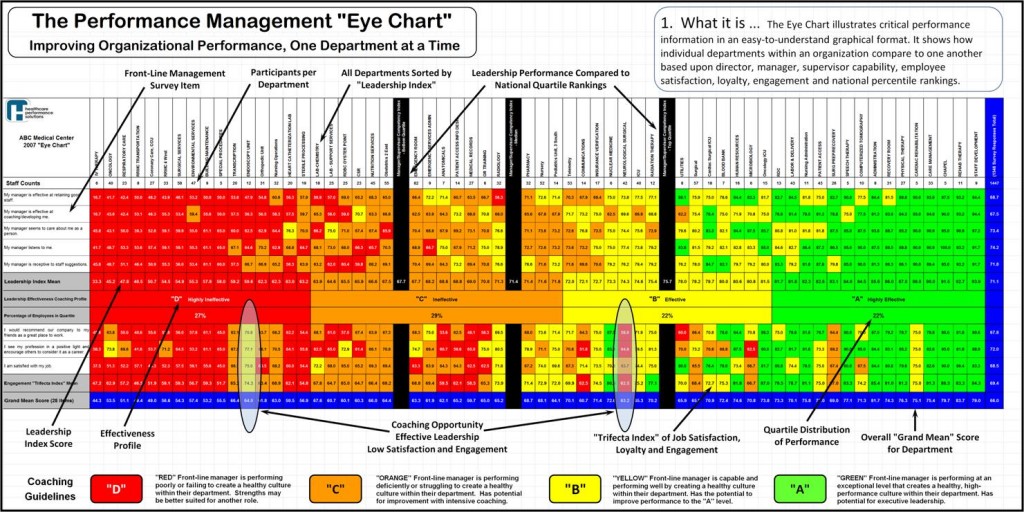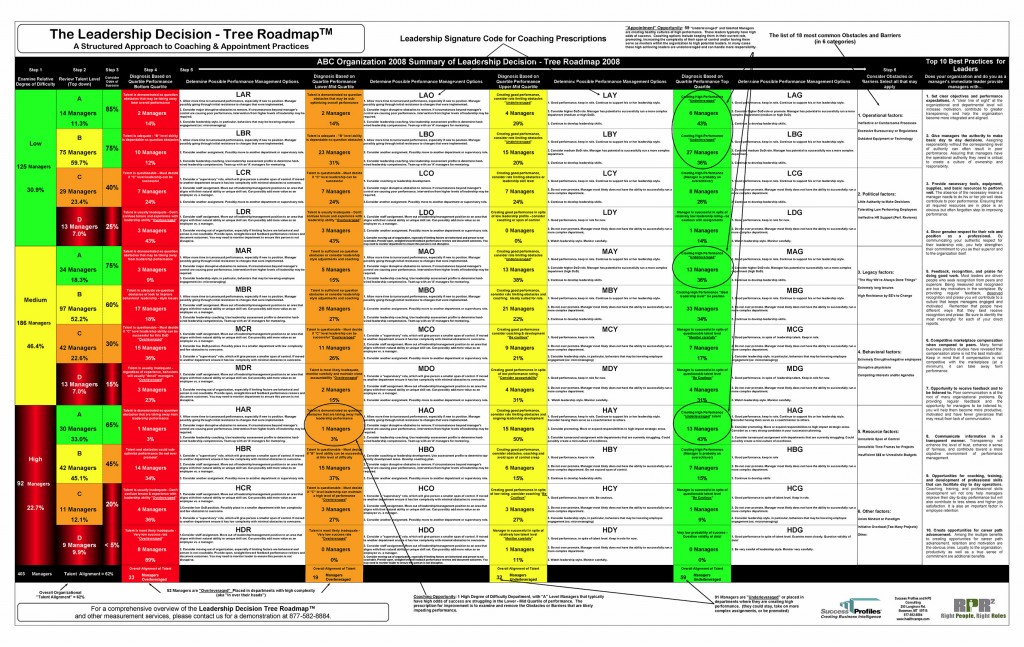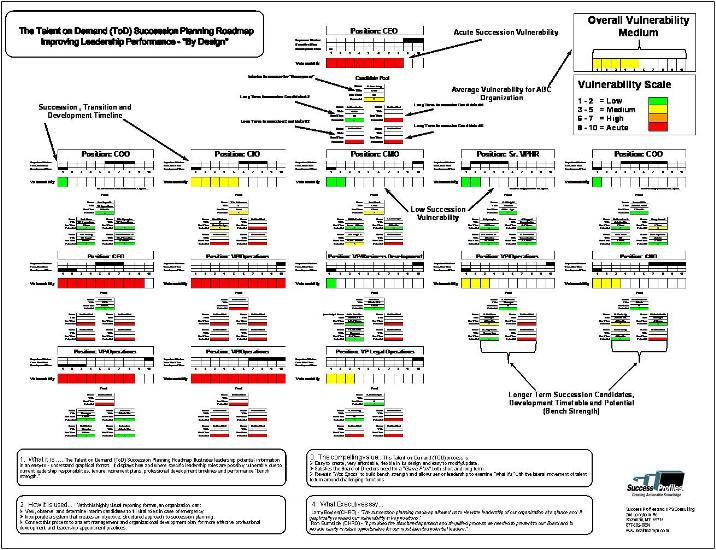Analyzing Healthcare Operations
With the ever worsening economic conditions, the challenges faced by the healthcare industry have become even more pronounced. In addition to cutting costs and doing more with less, healthcare organizations must become more sophisticated and more mature in the way they collect and use data. As little as a year ago, acquiring meaningful business intelligence was a potential strategic choice intended to transform a healthcare organization from average to excellent. Waiting did not carry a penalty. Today, healthcare is so challenged and the headwind factor is so strong that acquiring business intelligence is no longer a luxury – it is a necessity.
We are in the business of helping healthcare systems and hospitals get actionable knowledge and business intelligence from their data. Our disciplined and structured approach removes personal bias and helps healthcare organizations make objective, evidence-based decisions that can help you:
- Make better strategic and operational decisions
- Determine what business practices are driving performance
- Increase employee engagement,
- Deliver better clinical outcomes, and
- Improve the net operating margin.
Whether we are doing an employee survey or assisting you with the development of a talent management system, our focus is on how we can deliver the greatest value to you.
Performance Measurement Services
- Business Practices Assessment
At Healthcare Performance Solutions and Success Profiles we are experts in performance measurement and much more. Through our Business Practices Assessment (BPA) we help uncover employee-related issues that really count. The BPA quantifies employee feedback, establishes baseline performance measures and performs comparative analysis using our exclusive healthcare metrics. Much more than traditional employee survey instruments, the BPA measures a range of non-financial business practices known to differentiate low from high-performance healthcare organizations. Through extensive research and experience, we have found that these non-financial measurements are the most predictable indicators of future financial success.
The pressure to optimize the workforce, improve productivity, and deliver a higher net operating margin is a heavy burden on the shoulders of every top executive in the healthcare industry. Achieving success requires measurement – accurate and actionable measurement, together with the competency and discipline to use it in decision making. Our extensive performance measurement and research reveals consistent cause and effect relationships between business practices, leadership capability and overall performance.
How would your organization be able to utilize the BPA performance measurement tool to improve employee survey goals? What would it allow you to do that you currently aren’t achieving? Contact us today to discuss.
- Performance Management Eye Chart
-

The Performance Management Eye Chart is created using data from existing employee satisfaction survey. Quite simply, we convert the employee feedback into a bottom up multi-rater, leadership assessment. The Eye Chart is a large-scale visual tool that compares leadership performance and cultural engagement at a glance. Instantly view departments that have healthy mini-cultures of excellence and those that are struggling or failing. This Eye Chart also illustrates how front-line leaders compare to one another in your organization, and how they compare to their peers nationally. The Eye chart is the first step in identifying where you need to act and with what sense of urgency. By creating a more “transparent and objective” culture of performance, we make the invisible – visible.
- Talent Management Eye Chart
-

The Talent Management Eye Chart is a top-down, multi-rater assessment of the demonstrated leadership ability represented by every leader within the organization. This easy-to-interpret graphic display provides a large scale visual comparison across departments based on executive, director and front-line manager leadership talent.
When the Talent Management Eye Chart is completed, executives can determine which directors and managers are performing at the: “A” level, “B” level, “C” level, and “D” level. At one end of the spectrum the eye chart shows which managers may be overleveraged due to an insufficient talent level to effectively manage the complexity within their span of control. The other end of the chart shows which leaders are underleveraged (or the organization’s most talented leaders) that could effectively manage increased leadership responsibility.
The combination of the top-down and bottom-up Eye Chart tools offer an “objective ‘multi-rater’ evaluation” that is reliable, accurate and inexpensive.
- Interactive Scorecard/Dashboard
-

With unprecedented economic, business, regulatory, and clinical challenges facing hospitals and health systems, knowing where to focus improvement efforts is crucial. The Integrated Performance Measurement scorecard/dashboard is a sophisticated system that visually displays the overall performance of both hard performance measures like quality outcomes, financial metrics and productivity results and soft measures of human capital performance like employee satisfaction, patient satisfaction, and leadership performance. This real time-interactive scorecard system complements the Eye Charts to triangulate all the performance metrics that create a balanced scorecard of vital measures.
The Integrated Performance Measurement scorecard/dashboard also establishes the foundation for determining the cause and effect relationships between leadership effectiveness, clinical quality outcomes, patient service, and financial results. Most performance scorecard systems in healthcare are functionally inadequate due to an inability to accurately display the soft leadership performance criteria side by side at one glance with the hard outcome measures. Our process is very flexible to include virtually any vital measure you are currently monitoring.
- Leadership Decision Tree Roadmap
-

The Leadership Decision-Tree Roadmap generates specific prescriptions for improving the performance of individual managers. Through extensive analysis of thousands of leaders and front-line managers, this predictive index guide calculates the expected odds of success of a particular leader based upon their overall talent level and the Degree of Difficulty (DoD) of the department they are assigned to lead.
The Leadership Decision-Tree Roadmap connects to an action planning coaching tool that allows for determining the best prescriptions for improvement based upon performance data inputs. Every leader and manager within the organization can receive a personalized coaching plan that helps them improve their leadership style, identifies obstacles and barriers that can impede performance and enhances the coaching relationship with their immediate supervisor.
The performance of front-line managers highly correlates to employee satisfaction, patient satisfaction, and other performance measures. Improving the performance of front-line managers is the single most effective lever to increase your organization’s net operating margin. A process to get the right leaders in the right roles stacks the Odds of Success in your favor better than any other strategy.
- Succession Planning Roadmap
-

The Talent-on-Demand (ToD) Succession Planning Roadmap illustrates leadership ability, career path options and organizational “bench strength” in an easy-to-understand graphical format. It displays how and where specific leadership roles are possibly vulnerable due to current leadership span of control responsibilities, tenure, retirement plans, and professional development timelines.
With this highly visual reporting format, your organization will be able to view, observe, and determine interim candidates to fill vital roles in case of emergency, and incorporate a system that creates an objective, structured approach to succession planning. To achieve more effective professional development and leadership appointment practices, the succession planning process can be connected to your talent management and organizational development plan.
- Critical Workforce Metrics
National standards created by HPS to help hospitals optimize the productivity of their workforce. These are benchmark standards for job satisfaction, organizational loyalty, and professional engagement. With the unprecedented economic, business, regulatory, and clinical challenges facing each healthcare organizations, the ability to monitor, compare, and improve performance is crucial.
The data includes over 200,000 healthcare professionals, representing professions and department/functions in approximately 500 healthcare delivery systems throughout the United States. Results establish index scores and percentile rankings that allow healthcare executives to perform comparative analysis for performance management purposes. This data is updated annually.
- Physician Engagement Assessment
Physician relationships, both individually and collectively, represent valuable assets for healthcare facilities that need to be actively understood and managed to achieve the best possible outcomes.
We work with hospital leadership to develop specific, measurable action plans and tracking systems that will result in improved physician community relationships. Our process-based approach to understanding and developing healthy physician community relationships recognizes the significant competitive asset or liability they represent to today’s healthcare organizations.
This measurement and action-planning process was developed based on extensive research with healthcare leaders and physicians. A key component is the importance of transferring knowledge and building our clients’ internal capabilities so they become more informed and skilled over time.

 Having presented over 400 healthcare-related keynote speeches, executives workshops, and board retreats, Tom Olivo delivers! Your audience will acquire new knowledge, be inspired, and become motivated to act. For more information,
Having presented over 400 healthcare-related keynote speeches, executives workshops, and board retreats, Tom Olivo delivers! Your audience will acquire new knowledge, be inspired, and become motivated to act. For more information,